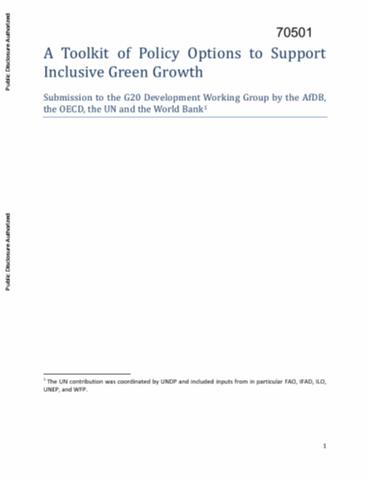Fertile ground? Options for a science–policy platform for land
The United Nations Convention to Combat Desertification (UNCCD) remains the only ‘Rio Convention’ that is not well served by the scientific community and lacks the equivalent of an IPCC (Intergovernmental Panel on Climate Change) or the proposed IPBES (Intergovernmental Science–Policy Platform on Biodiversity and Ecosystem Services).


